Columbia Southern University recently awarded its annual Outstanding Safety Professional of the Year Award to Chris McGlynn, Roco Rescue's Director of Safety.
The Outstanding Safety Professional Award was established by CSU to recognize National Safety Month, observed in June, and to celebrate its occupational safety and health students and graduates for their commitments to safety, professionalism and their accomplishments.
 CSU’s occupational safety and health faculty members selected McGlynn, who holds a bachelor’s degree in occupational safety and health. He is pursuing a master’s degree in the same field from the CSU. He has won several safety awards and was recently chosen to serve as president of the Baton Rouge ASSP chapter and on the group’s national advisory panel.
CSU’s occupational safety and health faculty members selected McGlynn, who holds a bachelor’s degree in occupational safety and health. He is pursuing a master’s degree in the same field from the CSU. He has won several safety awards and was recently chosen to serve as president of the Baton Rouge ASSP chapter and on the group’s national advisory panel.
Click here to read the full press release.
Please join us in congratulating Chris on this incredible achievement!
Chris McGlynn is the Director of Safety/VPP Coordinator for Roco Rescue. He is a Certified Safety Professional (CSP) through the Board of Certified Safety Professionals as well as a Certified Confined Space and Rope Rescue Technician, and a Nationally Registered Paramedic. As Director of Safety, Chris oversees all corporate safety initiatives, ensuring that employees at Roco have the tools and training that they need to do their work safely and effectively. He is also responsible for managing Roco's Safety Services Division, which provides trained safety professionals for turnarounds and other special projects. Finally, Chris serves as the VPP Coordinator for Roco, continuing Roco’s long-standing commitment to excellence in safety and health. Roco has been an OSHA VPP Star Worksite since 2013.

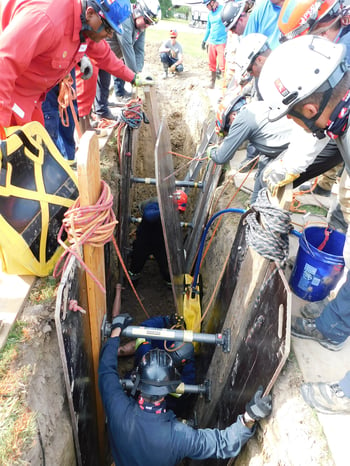
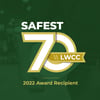 Roco Rescue has been recognized with LWCC’s Safest 70 Award for 2022. Established in 2008, the award honors LWCC policyholders who exemplify the company’s commitment to workplace safety. Roco is proud to be recognized for
Roco Rescue has been recognized with LWCC’s Safest 70 Award for 2022. Established in 2008, the award honors LWCC policyholders who exemplify the company’s commitment to workplace safety. Roco is proud to be recognized for 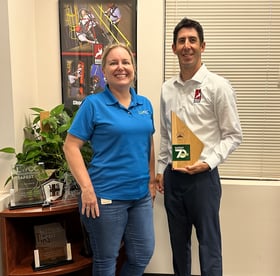 Recognized companies seek ways to proactively improve workplace safety and are also quick to react and respond when potential safety hazards are identified, often in partnership with LWCC’s Safety Services team.
Recognized companies seek ways to proactively improve workplace safety and are also quick to react and respond when potential safety hazards are identified, often in partnership with LWCC’s Safety Services team.
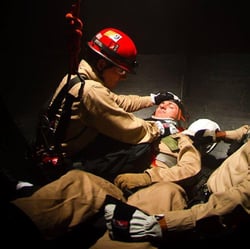 Simply put,
Simply put, 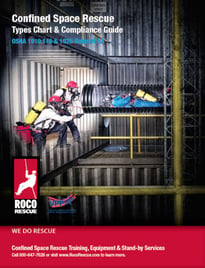
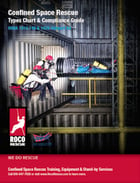
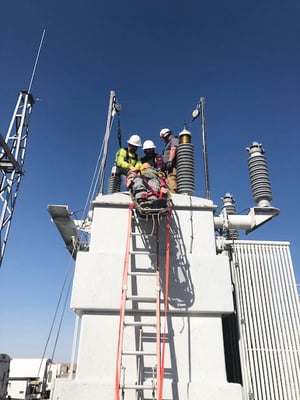 Fortunately, developments in modern, lightweight equipment along with specialized rescue techniques have made rescue quicker, safer and more efficient than ever. We have found that applying these technical enhancements to the power industry can make all the difference in a confined space or high angle emergency. Tools and techniques that are easier to learn (and use) will pay off in the long run.
Fortunately, developments in modern, lightweight equipment along with specialized rescue techniques have made rescue quicker, safer and more efficient than ever. We have found that applying these technical enhancements to the power industry can make all the difference in a confined space or high angle emergency. Tools and techniques that are easier to learn (and use) will pay off in the long run.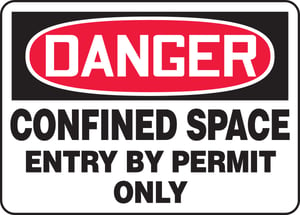 No doubt, permit-required confined spaces pose a huge challenge for emergency responders in power plants. And many local fire and rescue agencies do not have the training or the equipment to address this type of emergency. Plus, there’s the matter of “timely response” – which is a requirement of OSHA 1910.146 Permit Required Confined Space regulations. Many times, local agencies cannot respond in a timely manner due to power generation plants (or dams) being located in remote areas. Bottom line…if a rescue capability is not located within the plant’s fence line, it will be very difficult to meet OSHA’s timely response criteria requirements for permit space entry rescue.
No doubt, permit-required confined spaces pose a huge challenge for emergency responders in power plants. And many local fire and rescue agencies do not have the training or the equipment to address this type of emergency. Plus, there’s the matter of “timely response” – which is a requirement of OSHA 1910.146 Permit Required Confined Space regulations. Many times, local agencies cannot respond in a timely manner due to power generation plants (or dams) being located in remote areas. Bottom line…if a rescue capability is not located within the plant’s fence line, it will be very difficult to meet OSHA’s timely response criteria requirements for permit space entry rescue. What if a worker is stranded at height in a remote area? What about suspension trauma if hanging in their harness?
What if a worker is stranded at height in a remote area? What about suspension trauma if hanging in their harness? In summary, power plants – as common as they are – present many challenges to emergency responders and would-be rescuers. Preparation and preplanning for anticipated incidents are key to preventing one from ever occurring. But, if the worst should happen, at least there’s a plan and forethought in place, which could be lifesaving. Are your personnel, those responsible for rescue of a co-worker or even self-rescue, prepared to act safely and effectively? Always remember, in these situations, lives are literally on the line.
In summary, power plants – as common as they are – present many challenges to emergency responders and would-be rescuers. Preparation and preplanning for anticipated incidents are key to preventing one from ever occurring. But, if the worst should happen, at least there’s a plan and forethought in place, which could be lifesaving. Are your personnel, those responsible for rescue of a co-worker or even self-rescue, prepared to act safely and effectively? Always remember, in these situations, lives are literally on the line.



